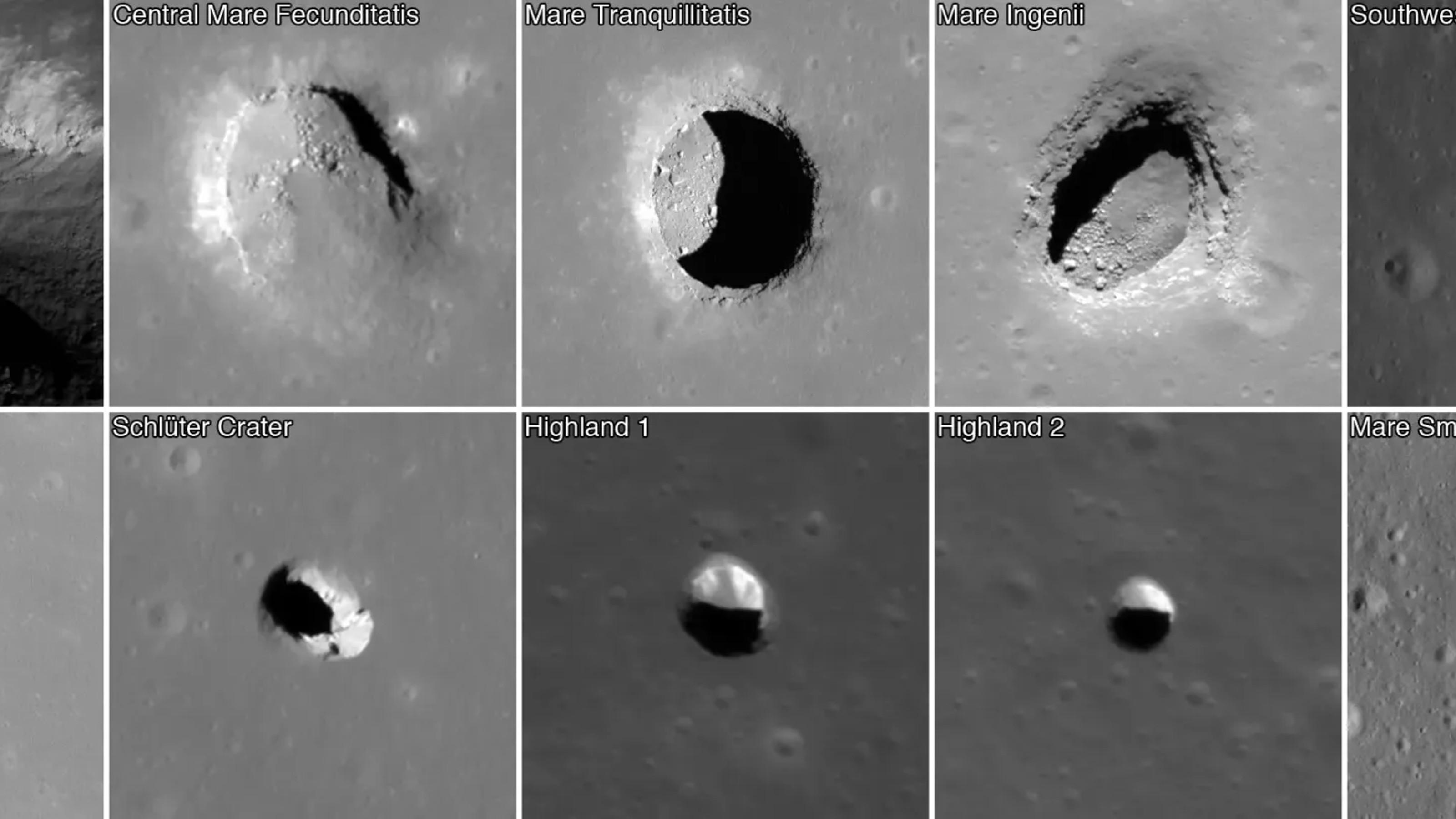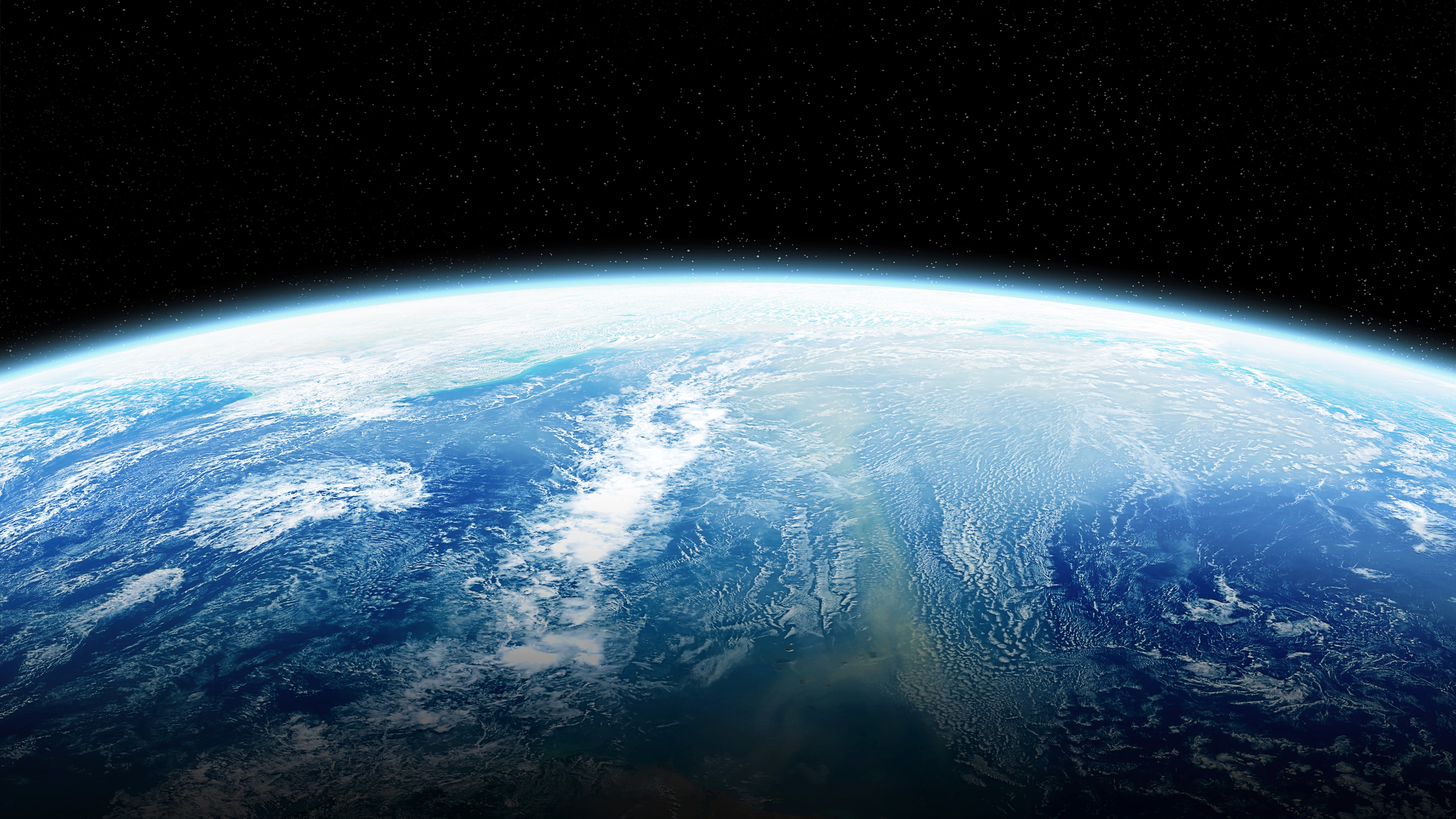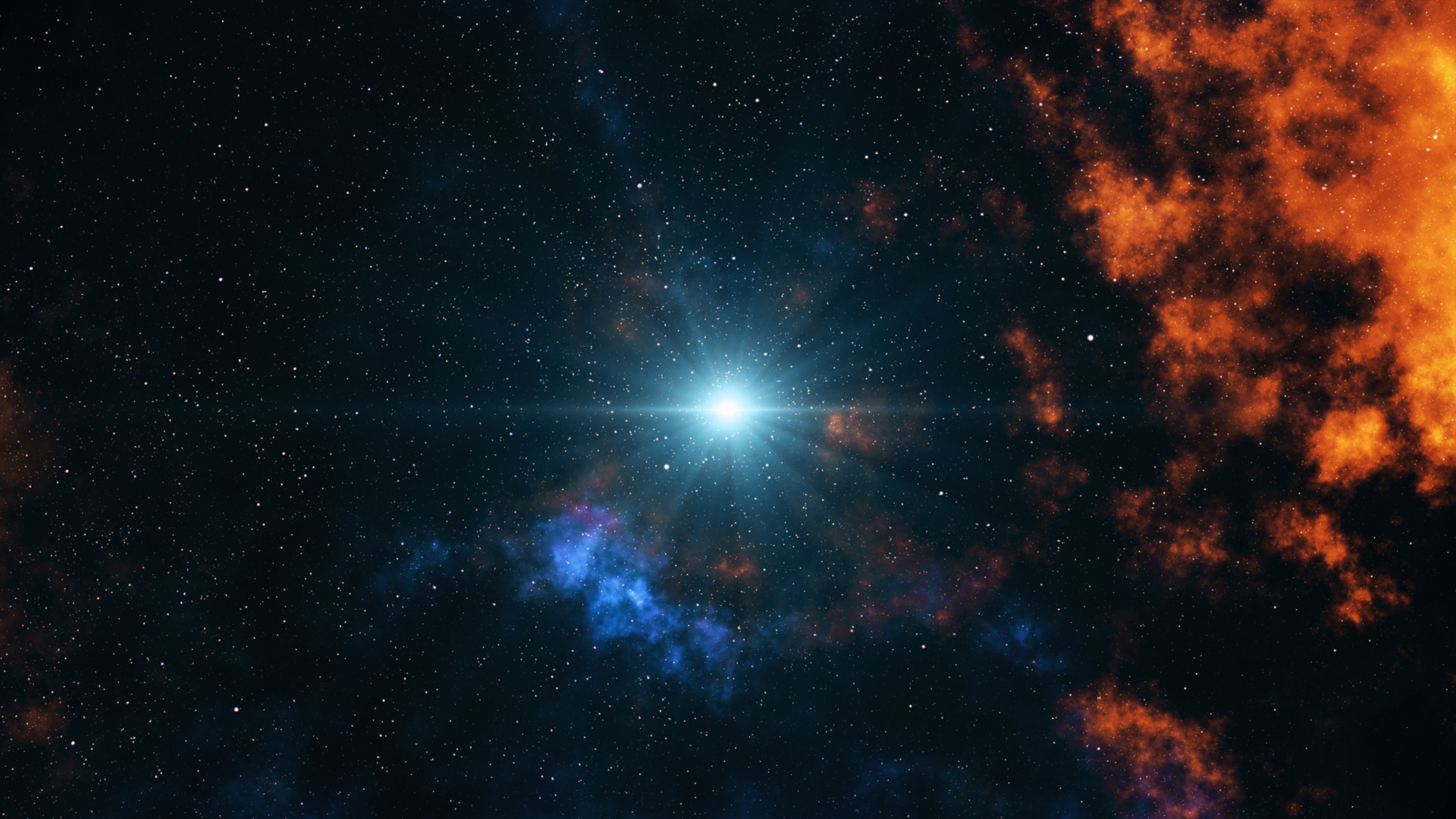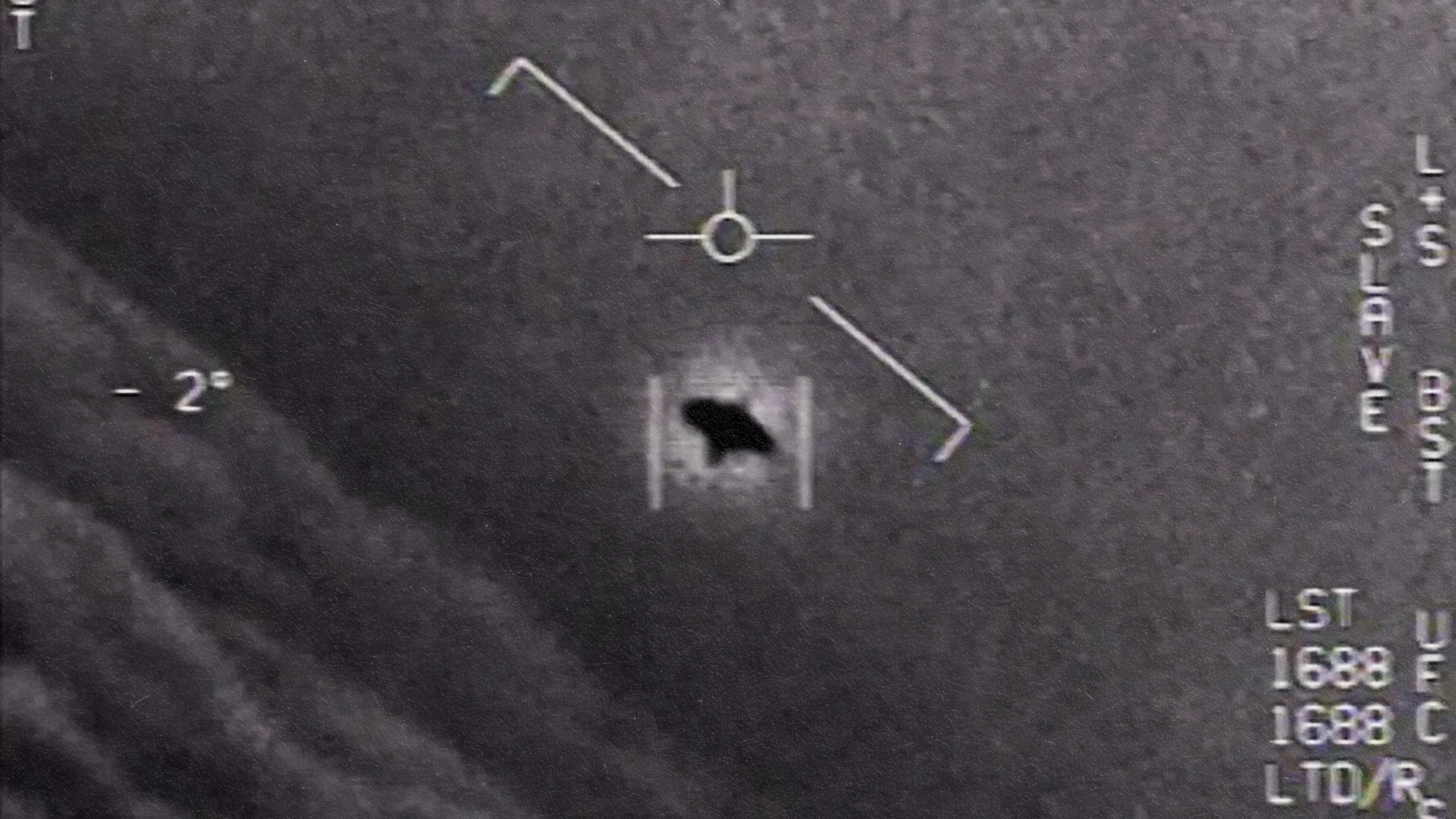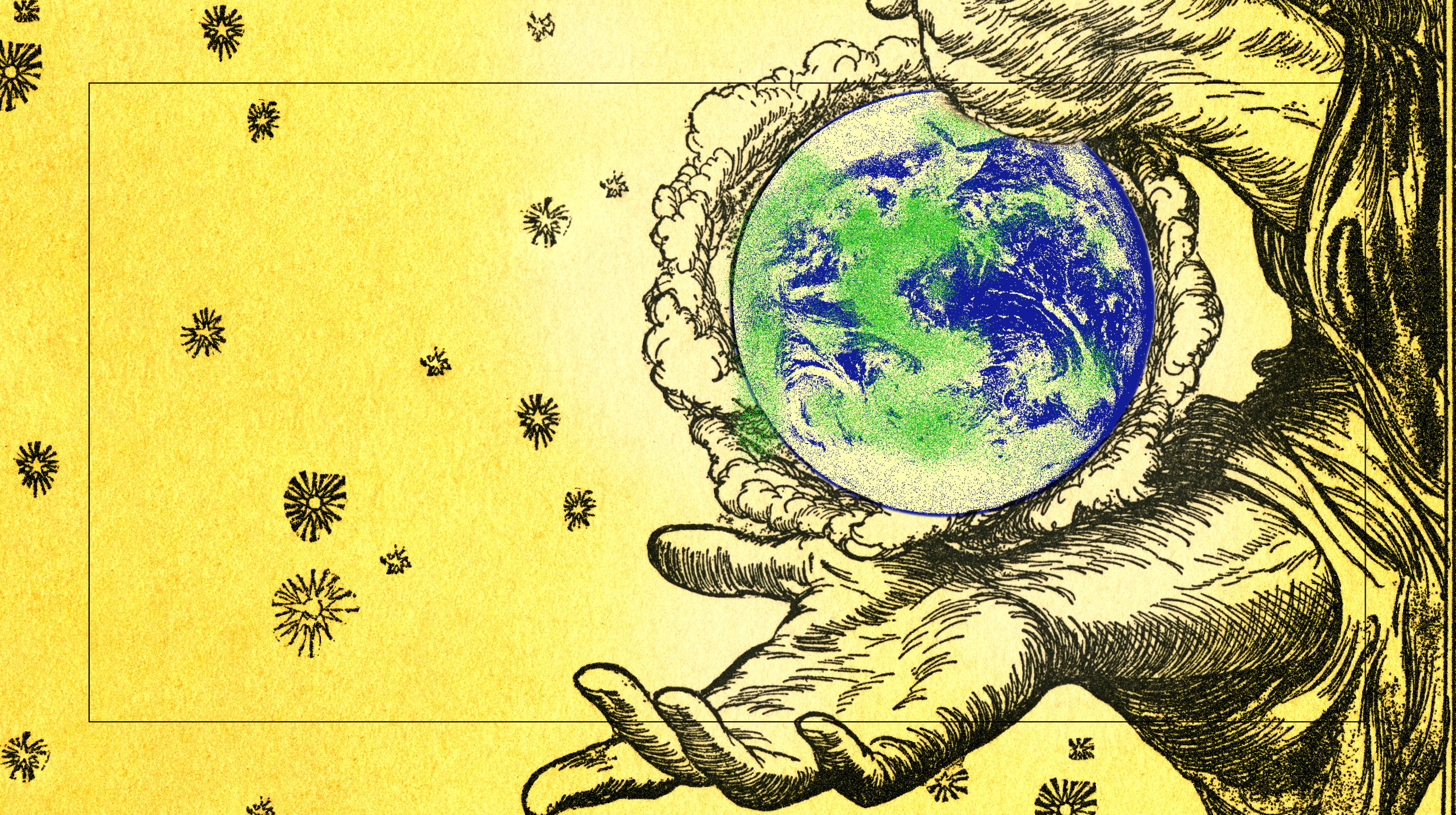Let’s face it, there is simply too much good television to watch. Between Netflix, Amazon, HBO, and all the other subscription services, the number of great shows out there are more than anyone with a semblance of a life can handle.
That’s why up until last week I didn’t know about the remarkable documentary series One Strange Rock, produced by National Geographic (and showing on Netflix). But if you care about planets, life, our future and all the possibilities therein, this is a show you cannot miss.
The central conceit of One Strange Rock is letting astronauts tell their own stories about watching Earth from space. Ever since the first humans reached orbit, it’s become a truism that the view changes everything. Seeing Earth from space reorients the relationship between self, other, and planet. But in the hands of director Darren Aronofsky (whose movies include Pi, The Wrestler and Black Swan), those astronaut stories become pivot points driving a much larger and richer narrative
The real story Aronofsky wants to give us is that Earth is a complex living planet. That’s why One Strange Rock is an object lesson in astrobiology, the profound and subtle science of life in its planetary context.
As narrator Will Smith explains early on, one thing becomes very clear when considering the solar system with its eight planets, multiple dwarf planets (yeah, I’m looking at you, Pluto), hundreds of moons, and zillions of comets/asteroids:
Earth is really, really weird.
Sure, Venus has 800-degree days and a surface pressure that could crush a nuclear submarine. And, yes, Mars has dust storms that swallow the whole planet and a “grand canyon” the size of North America. But, in comparison, Earth is just nuts. On our planet, the interplay between gas (the atmosphere), liquid (the hydrosphere), and solids (the lithosphere’s rock and the cryosphere’s ice) is infinitely more complex than on any other world.
And the main reason for all that crazy complexity is life. It’s the presence of a planet-spanning biosphere that make interactions between Earth’s basic physical parts so mind-blowingly rich and surprising. Telling that story is One Strange Rock‘s main mission.
It starts with a Gasp
The first episode, Gasp, establishes the format. For an astronaut, of course, air is a central concern. Stitched through the entire hour of Gasp is the story of Chris Hadfield’s harrowing spacewalk, where he was forced to vent the air in his suit after a severe reaction flared in his eyes (fun fact: in zero gravity tears don’t fall, they just pool in your eyes). Aronofsky and the show’s writers then use Hadfield’s experience as a point of departure to explore the remarkable feedback cycles that maintain Earth’s oxygen-rich atmosphere exactly where it needs to be to keep our planet habitable.
The story begins with dust storms from African deserts blowing nutrient rich material across the Atlantic where they fall onto the Amazon. Those nutrients get picked up and used by rain forests to grow trees. All that growth then turns the trees into giant cloud-making machines by driving huge amounts of water vapor into the air. This river of air-born water from the Amazon then flows westward where it hits the Andes and condenses. The falling rain erodes the mountains, washing tiny rock particles out into the oceans where they are picked up by diatoms, tiny photosynthesizing creatures that build little shells from the rock particles. Finally, the diatoms have an orgy of photosynthesizing, spewing our very necessary oxygen into the atmosphere.
There’s more to this story, and One Strange Rock expertly uses stunning imagery from space, time-lapse photography of moving glaciers and, of course, more astronaut interviews to unpack biogeochemical cycles that take millions of years to complete. (The show is also lucky to have my friend and collaborator Caleb Scharf as a science consultant in explaining things like these cycles.)
One Strange Rock demonstrates one of the central premises of astrobiology: Life matters to planets for inhabited worlds like Earth. In fact, we can’t consider one without considering the other. As we tumble down into our own dangerous Anthropocene era where we’re pushing hard on that life-planet machine, the lessons of this documentary couldn’t be more timely.
So, yes, there is a lot of great television out there. But One Strange Rock isn’t just great. It’s beautiful, it’s important, and it’s true in the deepest meaning of that word.
Watch the trailer:
The post One Strange Rock appeared first on ORBITER.


